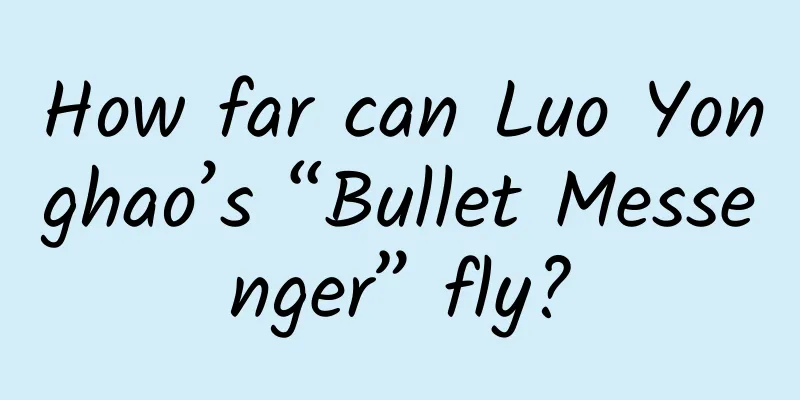Amazing Oracle Bone Script丨Talking about Cicadas in Summer

|
Since ancient times, Chinese people have been accompanied by the sound of cicadas in summer. Cicadas have become a symbol of summer. In fact, the character "Cicada" has a very early origin. According to Yuan Yong, vice president of the Henan Children's Literature Society and a scholar of ancient characters, the character "Cicada" was originally a pictograph depicting the image of a cicada. Many scholars believe that the cicada-shaped symbols that represent the names of states and clan emblems in the oracle bone inscriptions of the Shang Dynasty and the bronze inscriptions of the Shang and Zhou dynasties should be the early character "Cicada". The oracle character for "cicada" Small seal character for "Cicada" "'Cicada' is a pictophonetic character. The pictographic radical '虫' indicates that cicada is an insect; the phonetic radical '单' indicates the pronunciation of the word 'cicada'." Yuan Yong told reporters that some people believe that "Cicada" is also a pictophonetic character. Lu Dian, the grandfather of the Southern Song poet Lu You, wrote a book on name and object, "Bi Ya", which pointed out that cicadas undergo metamorphosis and continue their lives (变化而禅), so they are called cicadas. This interpretation believes that "Cicada" means Zen transformation and the continuation of life. The phonetic component of the word "Cicada" is "单", which was interpreted as "big" in Xu Shen's "Shuowen Jiezi" in the Eastern Han Dynasty. Duan Yucai of the Qing Dynasty believed that the original meaning of "单" should be "big words". The loud chirping sound is indeed a very eye-catching feature of the cicada. However, its chirping sound does not come from its mouth, and it does not even have an obvious mouth. The ancient Chinese discovered this very early. “Rabbits grow without roots, snakes walk without feet, fish hear without ears, and cicadas sing without mouths. This is true for a reason.” The Huainanzi Shuolinxun believes that these phenomena all have their rationality. Records about "cicada" in Shuowen Jiezi. Xu Shen's "Shuowen Jiezi" says: "Cicada means one that sings with its wings." It is believed that the sound of the cicada comes from its flanks. Some people also think that "flank" refers to the wings, and the cicada makes sounds by rubbing its wings together. This is obviously wrong. The cicada's vocal organs are on both sides of the base of the abdomen. It is a special structure called the tympanic membrane, which is controlled by the phonic muscles and vibrates to make sounds. Because the phonic muscles can expand and contract about 10,000 times per second, coupled with the cooperation of the "cover" on the cicada's body and the abdominal cavity and other structures, the sound is amplified, and the cicada's chirping is so loud. Male cicadas usually make chirping sounds when they encounter danger or seek mates. Female cicadas do not have vocal organs, but have auditory organs in their abdomens that can sense the calls of male cicadas. Yang Xiong, a literati and linguist in the Western Han Dynasty, said in his book Dialects: "Cicada means continuation." He believed that the word "Cicada" means continuity. Therefore, until now, when someone is re-elected to a position or receives a certain title or honor continuously, it is called "Cicada Lian", also written as "Cicada Lian". The ancients regarded the cicada as a symbol of noble character and highly respected it. In the "Ode to the Cicada" by Cao Zhi of the Three Kingdoms period, the cicada is described as a chaste man who is "indifferent and has few desires" and "shares nothing with all things." Cicadas have extremely rich literary connotations in ancient Chinese poetry. Cicadas have six virtues: culture, purity, honesty, frugality, trustworthiness, and tolerance. Lu Yun of the Western Jin Dynasty wrote in his poem "Ode to the Cold Cicada": "With a ribbon on its head, it is cultured; with its breath and dew, it is pure; without millet and sorghum, it is honest; without nesting, it is frugal; with its response and loyalty, it is trustworthy; with a crown, it is gracious." Cicada wings are thin, transparent and have patterns. In the Han Dynasty, officials who worked beside the emperor, such as the Shizhong and Zhongchangshi, had cicada wing-shaped decorations on their hats, which symbolized the purity of the cicada. In addition, the shape of cicadas has long been chosen by the Chinese as ornaments. Archaeologists have also discovered jade cicadas worn during the Hongshan culture period 5,000 years ago. From the Shang Dynasty to the Han Dynasty, jade cicadas were stuffed into the mouths of the dead. The number of jade cicadas unearthed during the Han Dynasty was particularly large. Why did the ancients stuff jade cicadas into the mouths of the dead? "This is related to the idea of pursuing immortality and becoming an immortal being which was prevalent in society at that time," said Yuan Yong. In "Xunzi: Zhishi" it says: "To shine like a cicada, one must focus on making the fire bright and shaking the tree. If the fire is not bright, shaking the tree will be useless. If a ruler can make his virtues clear, the world will come to him, just like a cicada coming to a bright fire." Xunzi used the story of Yaochan (a method of catching cicadas) to illustrate that if a monarch is virtuous and wise, he will attract people all over the world to him just like a bright fire attracts cicadas. The summer cicadas chirp and cannot be brushed away. The ancient Chinese cicada culture is intriguing. |
<<: Sea Cucumber: When you see me, don’t just think about eating...
>>: You can have vanilla ice cream thanks to this boy
Recommend
Huang Zhang returns to Meizu: staring at Lei Jun and pursuing him relentlessly to join the agency system
September 2nd was a day of great significance for...
Blood is red, why are veins blue?
In Europe, "blue blood" was once a symb...
Ma Huateng said that this is the third thing he is optimistic about after WeChat
[[160710]] At the end of his speech at the World ...
Musk asked India to reduce taxes to support Tesla's factory construction, but local car companies in India collectively said No!
India's high taxes on imported cars have beco...
"Tens of thousands of yuan per pound"? Can you really get rich by digging up the dark wood?
In November 2022, a Chongqing citizen discovered ...
Practical tips for app promotion! App Marketing Strategy
1. Overall Logic There is only one logic in runni...
10 types of short video titles with high click-through rates, just use them!
In addition to attracting clicks, a good short vi...
Start event planning from scratch!
When it comes to event planning , let’s start wit...
How does the space environment affect astronauts? Heart chips reveal changes in astronauts after a month in space
Tuchong Creative Two astronauts from NASA were de...
I didn’t expect that autonomous driving would affect the motorcycle business
It’s no secret that self-driving technology will ...
From ad images to landing pages, 14 tips to improve conversions
This article is a summary of the book "The B...
They are all technical experts, so why are the photos taken by my husband so ugly, while the photos taken by it are so natural and beautiful?
Audit expert: Xu Runsheng PhD in Artificial Intel...
iOS UIWebView URL interception
When the translator was developing an app, becaus...
YouTube's actual competitor is Facebook
Facebook said in its earnings report this week th...
In-depth study of JavaScript objects
In JavaScript, everything except the five primiti...









